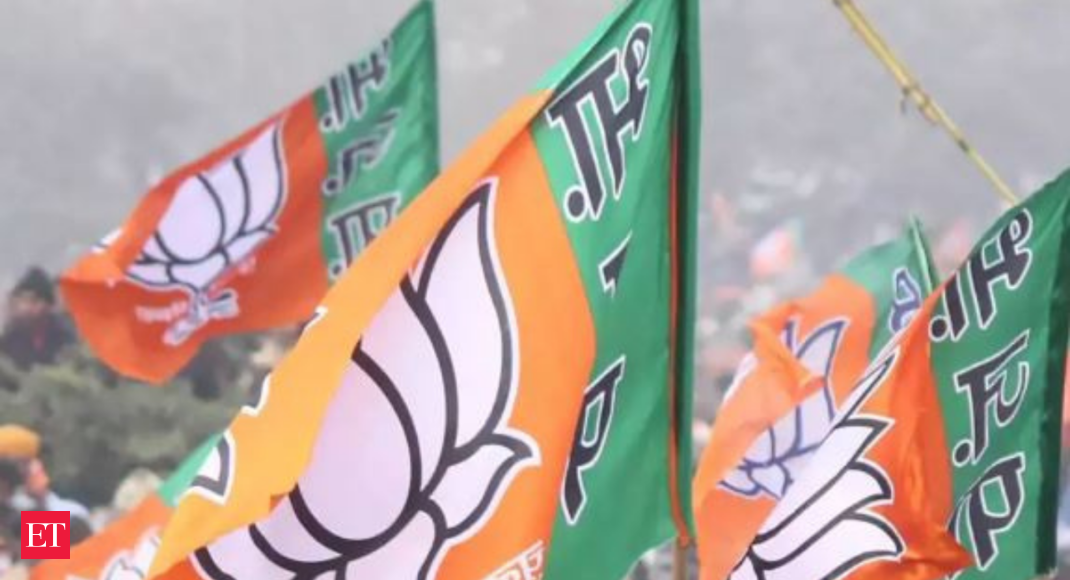The sharp decline in BJP’s vote share during the recently-held panchayat polls in West Bengal, coupled with the unexpected resurgence of the Left and Congress, raises questions about the party’s ambitious target of securing 35 Lok Sabha seats from the state in the 2024 elections. Although the Bengal BJP narrowly maintained its main opposition position with a 22.88% vote share, down from 38% in the 2021 assembly polls, the Left-Congress-ISF alliance has doubled its vote share to 20.80%, up from 10% in the previous state polls, posing a significant challenge. The Trinamool Congress achieved its highest-ever vote share of approximately 51.14%, surpassing its previous result of nearly 48% in the last assembly polls.
State BJP leaders attributed the party’s decline to alleged violence and bloodshed during the polls, but they also acknowledged the need to address internal organizational challenges plaguing the saffron camp since the assembly poll defeat. There are doubts about the party’s goal of winning 35 out of the 42 Lok Sabha seats in the state based on its present organizational strength and declining vote share. However, leaders also acknowledged the captivating effect Prime Minister Narendra Modi has when he starts campaigning for the Lok Sabha polls.
The three-tier rural polls, in which nearly 65% of the state’s population voted to elect members of village councils, gave all the parties an estimation of their booth-level organizational preparedness ahead of the 2024 polls. Despite securing over 10,000 seats, a significant rise from the violence-hit 2018 rural polls, the BJP’s assessment of its grassroots strength remains unsatisfactory, particularly in its former strongholds of North Bengal and tribal-dominated Junglemahal districts, prompting considerations for organizational changes up to the district committee levels. BJP state general secretary Agnimitra Paul acknowledged the need for organizational changes and stated that they would do everything necessary to achieve the target of 35 seats.
The Trinamool Congress benefited from the triangular contest, securing a staggering 79% of the gram panchayats, 92% of panchayat samiti, and 100% of zilla parishads. In the 2018 rural polls, the party secured 90% of the panchayat seats. Despite obstacles, the BJP bagged nearly 7,000 seats, leading to the then party national president Amit Shah’s ambitious target of winning 23 Lok Sabha seats in the 2019 elections, ultimately achieving 18 seats.
The BJP in West Bengal has been grappling with internal conflicts, defections, and electoral setbacks since its defeat in the 2021 assembly polls. Its underwhelming performance in various elections and declining vote shares have further weakened its position in the state. The decline started with the Bhabanipur by-election, where the party’s vote share dropped to 22% from 35%, and persisted in the Kolkata Municipal Corporation (KMC) polls and Sagardighi bypoll. Political scientists and analysts predict that the slide will continue and that the party’s target of winning 35 seats in the next Lok Sabha polls is highly unlikely.











